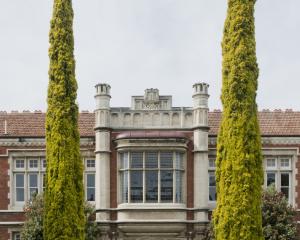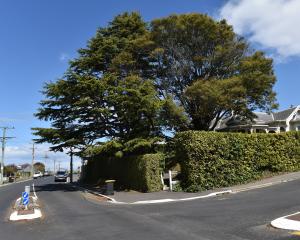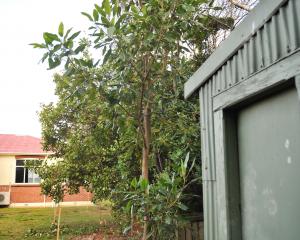

They’re native taupata or naupata (Coprosma repens) plants, a close relative of the coffee bush so beloved by many. Next time you’re in the Dunedin Botanic Garden, look for the small coffee plant in the Winter Garden Glasshouse. There’s a clear family resemblance to some of our large-leaved coprosma bushes, including taupata.
And yes, someone has already tried making a kind of "coffee" from taupata seeds.
A Mr J.C. Crawford optimistically told the Wellington Philosophical Society on February 24, 1877: "I have to add that I have collected a quantity of the berries, the beans of which when roasted and ground have a splendid coffee aroma, and when made into coffee the result seems to be thoroughly satisfactory. I send a sample of the ground coffee for the inspection of the meeting. If members will apply their olfactory nerves to it, I think they will be satisfied that we have in the Taupata berry a great source of wealth, requiring but little capital to develop, and capable of almost unlimited extension."

For a plant that’s almost a weed in gardens and coastal land around Dunedin, it’s a surprise to find out taupata doesn’t grow naturally south of Greymouth or Blenheim. As the mirror plant or looking glass plant, it has escaped from gardens in Australia, California, Hawaii and South Africa to become a major plant pest.
Happily, its orange berries are quite safe for us to eat, though they’re pretty bland compared to the big red, black and blue berry fruit we buy from the shops in summer. A few months ago, I picked hundreds of ripe berries from a taupata plant and squashed them in a cup to see what kind of juice I could make. The resulting pulpy paste was edible, but not exactly "moreish".
Taupata looks as though it belongs in a sub-tropical rainforest rather than on rocky coasts regularly battered by icy southerlies, which leads me to wonder how a plant that ekes out a living in little more than sand and bare rock grow such glossy, fleshy, dark green leaves, as well as hundreds of juicy berries?
If you’re wondering why I’ve written about bushes in a column on trees, take a walk past the St Clair Hot Salt Water Pool along the Second Beach Track some time. Second Beach is "Taupata Central" in Dunedin. It goes from hugging bare rock near the crashing surf, to bushy towers with trunks as thick as telegraph poles where it has shelter.
Ecological purists might disagree, but I’m glad taupata has found a home in the South. Long may its patches of dark green embroider the muted hues of marram grass, sand and grey rock along our urban beaches.













